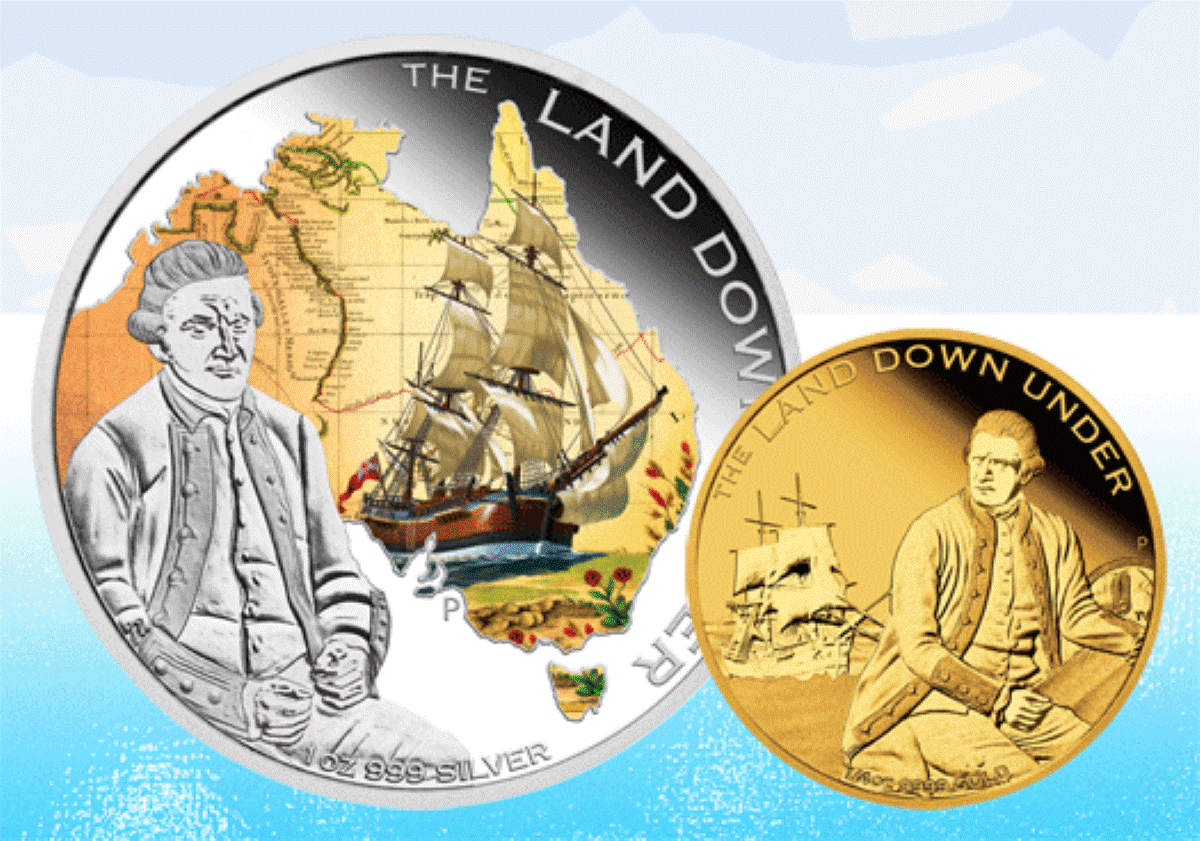Did Captain Cook discover the Great Southern Land?
Secret orders to search for the fabled ‘Great Southern Continent’ accompanied James Cook on his epic first voyage to the South Pacific of 1768–71.
The idea of one huge southern land mass was first suggested by the ancient Greeks. Ptolemy, for one, thought that with all the land in the Northern Hemisphere, there had to be an equivalent in the Southern Hemisphere to act as a counterweight.
Over time, European explorers ventured further south, discovering new lands often assumed to be parts of the hypothetical continent. In many famous cases, map-makers represented these discoveries alongside purely speculative representations of Terra Australis Incognita – the ‘unknown south land’.
Even in the 18th century, much of the Southern Hemisphere still remained a mystery.
By then, Scottish hydrographer Alexander Dalrymple had become one of the idea’s main proponents. In the process of translating Spanish documents captured in the Philippines in 1762, he had found Luis Vaez de Torres’ testimony proving a passage south of New Guinea.
His views prompted the British Government, already fuelled by imperial ambition and hopes of laying claim to a bounteous new territory, to plan an expedition to the region under Dalrymple’s leadership.
As we know, Cook, one of the leading navigators and cartographers of the era, was ultimately entrusted by the Admiralty to find the much anticipated prize.
Having observed the transit of Venus in Tahiti, Cook opened his confidential instructions and headed west to map the complete coastline of New Zealand before revealing to the world the existence of the east coast of Australia.
That it was not part of Terra Australis as the Greeks had hypothesized was confirmed by Matthew Flinders’ circumnavigation of the continent in 1801 – 03. Doubtful that another land mass to the south existed, Flinders called for the name to be applied to what he saw as the next best thing: “Australia”.
By the time Antarctica was sighted, a land Cook missed despite crossing the Antarctic Circle in 1773, the name had already stuck to it northerly neighbour.
 The Land Downunder Gold and Silver Coin Series celebrates James Cook, the brilliant navigator venerated in Australia as the first European to chart the continent’s east coast.
The Land Downunder Gold and Silver Coin Series celebrates James Cook, the brilliant navigator venerated in Australia as the first European to chart the continent’s east coast.














